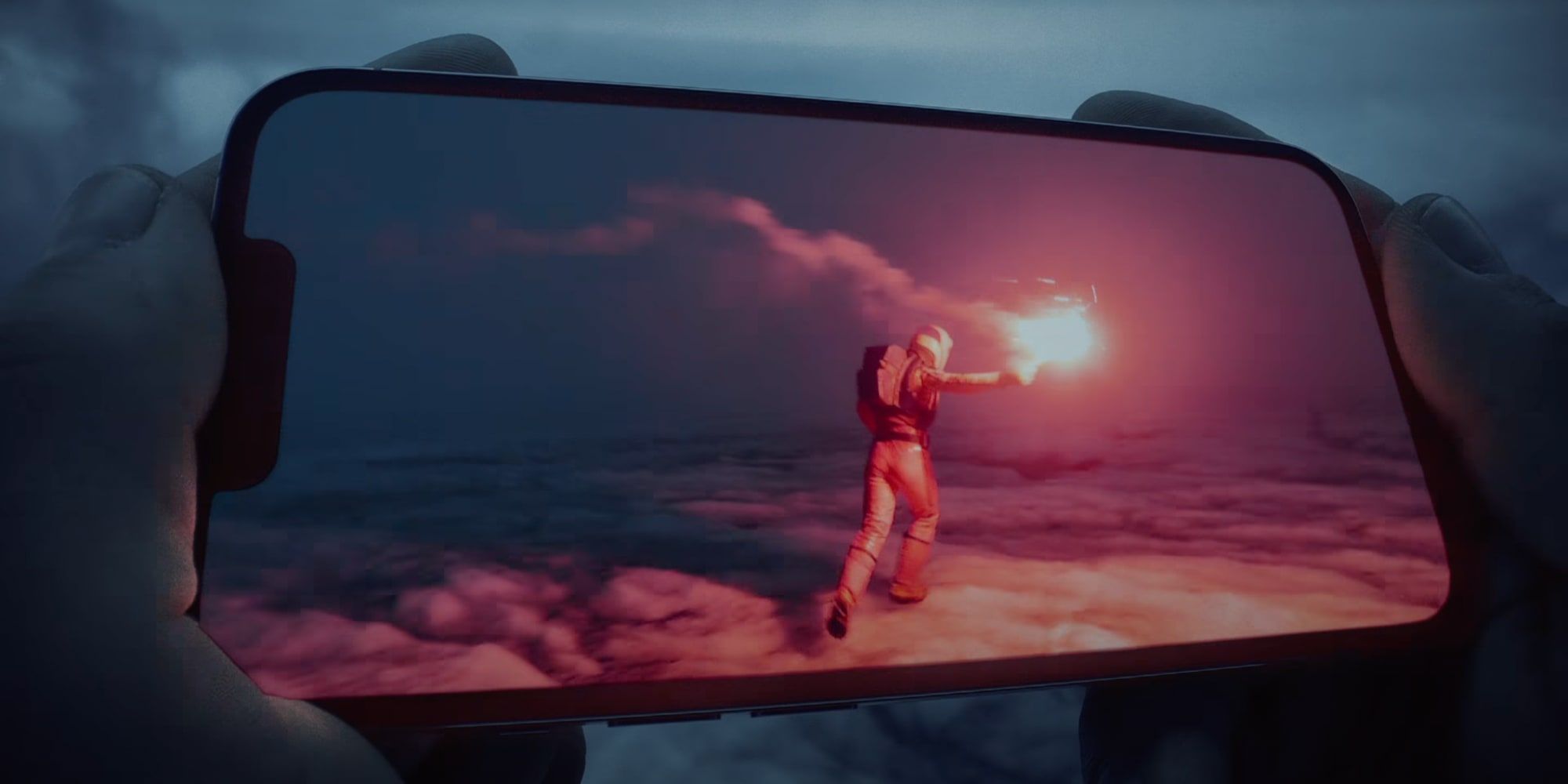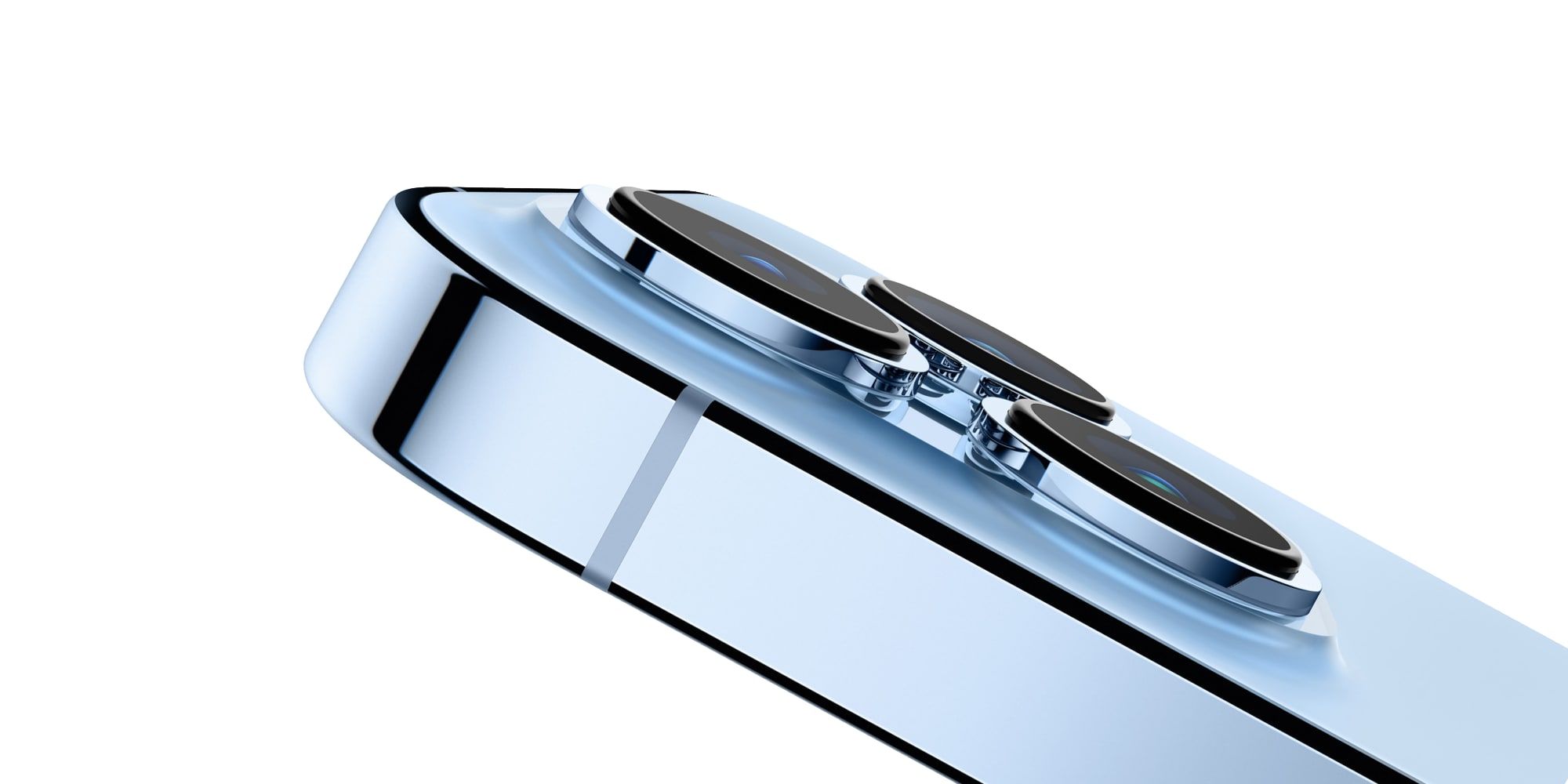The iPhone 13 Pro and Pro Max models with a minimum of 256GB storage are the only real options for anyone looking for the best quality video. Apple is serious about video and every iPhone 13, even the smallest and least expensive, records high-quality video. It's well known that the more expensive option is usually best but, in this case, there is somewhat of a hidden divide that separates some configurations from others.
Apple announced the iPhone 13 series in September, boasting an even brighter screen, better cameras all around, longer battery life, and a faster A15 processor. Since video recording is such a demanding feature, every advance in technology helps to improve quality and ease of use. Wider apertures and bigger image sensors capture more light, lowering noise and allowing faster shutter speeds. The new autofocus, ultra-wide camera is sharper and can focus as close as two centimeters for macro shots. Every model has much-improved video quality.
When video is going to be edited or any time the best quality video is desired, Apple's ProRes format is the best choice. It uses minimal compression which helps reduce unwanted artifacts and noise that might otherwise be visible. ProRes is only available on the iPhone 13 Pro and Pro Max. Unfortunately, there is another ProRes requirement that isn't as well known. When using either of the Pro models that have 128 gigabytes of storage, the ProRes can only be used at a maximum resolution of 1080p. That's about one-fourth the number of pixels captured in 4K, which is available for iPhone 13 Pro and Pro Max models that have 256 gigabytes or more of storage.
Why Apple Requires More Storage For 4K ProRes
For the best video, iPhone 13 Pro and Pro Max offer the best cameras and software features. Some might wonder why ProRes isn't available on the lower-cost models. While Apple doesn't offer any explanation, there are some finer details of the hardware that can account for the differences. For example, this is the first year that Apple placed a variation of the processor in the Pro model, which includes one more graphics processing core. The additional core might provide the extra bit of performance required to handle high bit-rate ProRes video encoding.
The memory limitation is a bit harder to understand until the nature of memory chips is considered. An iPhone 13 Pro with 256 gigabytes of storage doesn't use two 128 gigabyte modules. Instead, it's a completely different component and one that might have higher throughput. ProRes format is already a challenge, something that wasn't possible, even with last year's best, the iPhone 12 Pro Max. Recording ProRes in 4K resolution pushes the iPhone to its maximum potential while managing to prevent overheating and draining the battery too fast. Everything has trade-offs. Apple enables 4K resolution ProRes when possible and that means 256 gigabytes of storage (or more) is a must-have for the best video quality when using an iPhone 13 Pro and Pro Max.
Source: Apple


